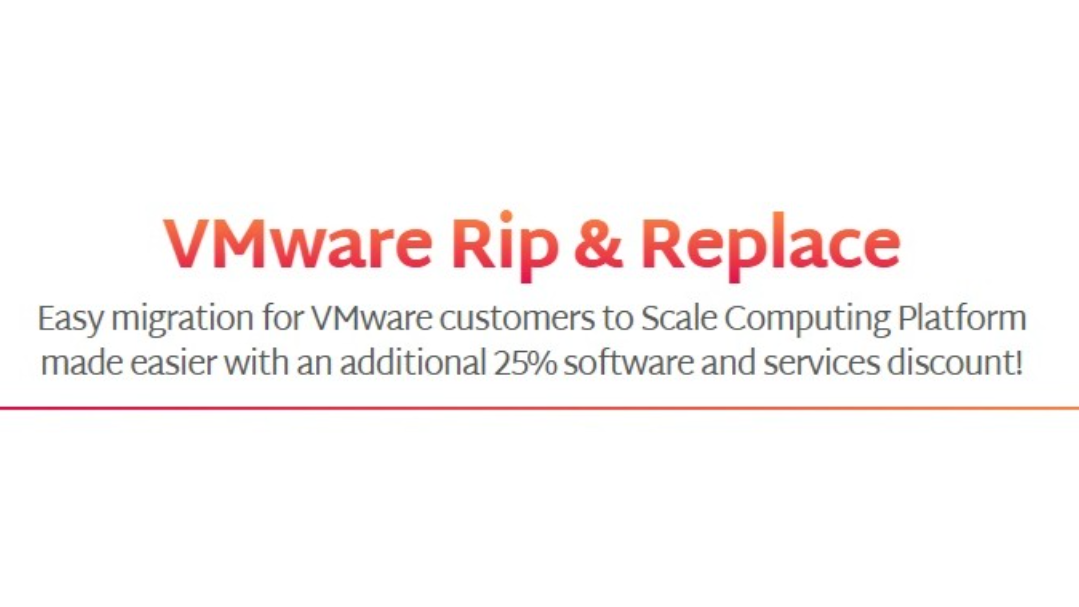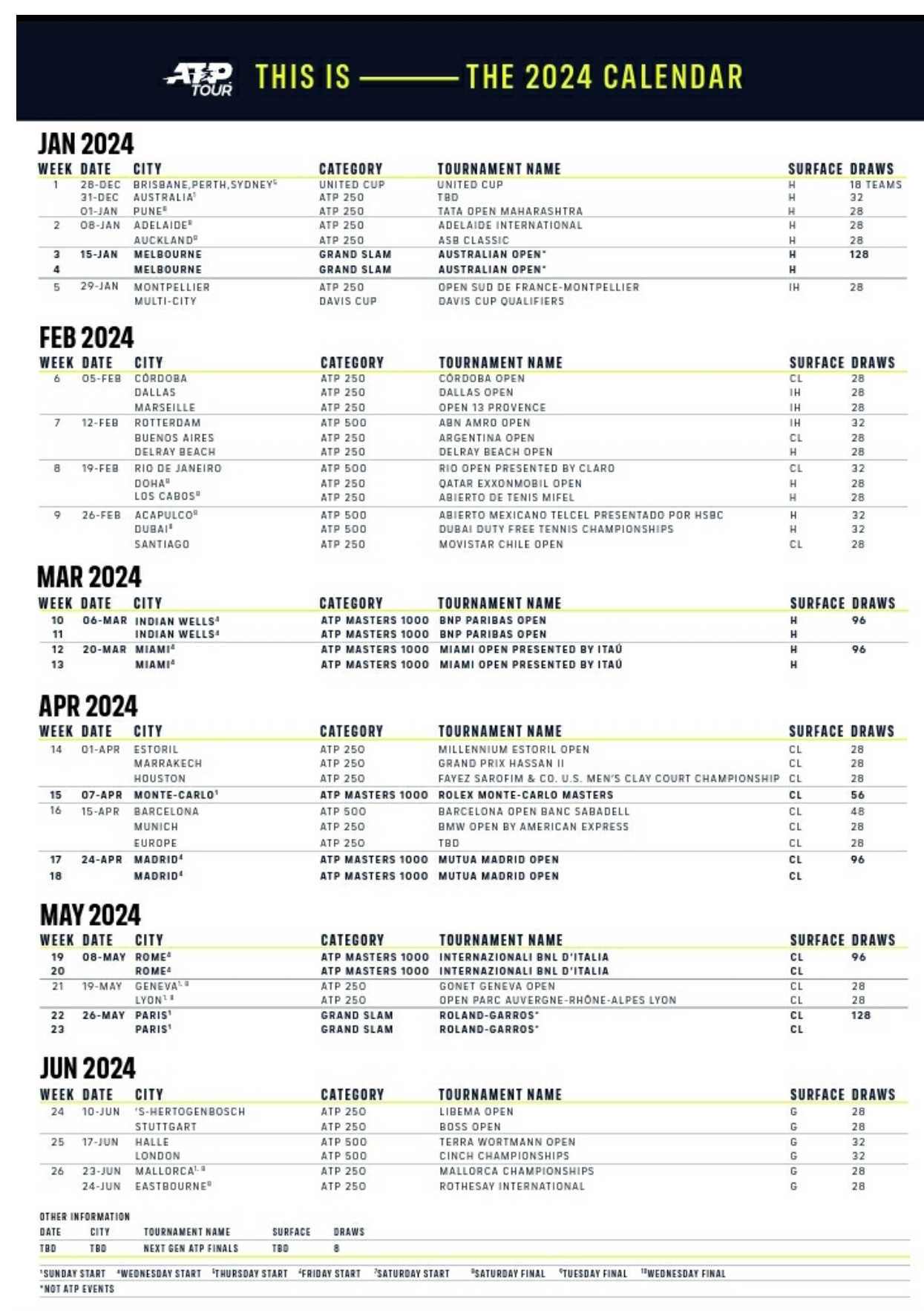Extreme VMware Price Hike: AT&T Highlights Broadcom's 1,050% Increase

Table of Contents
VMware Price Increase: The Broadcom Impact
Broadcom's acquisition of VMware has dramatically reshaped the virtualization landscape. The subsequent price increases aren't minor adjustments; they represent a seismic shift in the cost of essential virtualization infrastructure. This unprecedented hike affects various VMware products and services, impacting businesses of all sizes, from small enterprises to large corporations.
-
Massive Licensing Cost Increases: The reported 10.5x increase isn't an isolated incident. Numerous organizations are experiencing similarly substantial jumps in their VMware licensing fees, impacting their bottom line significantly. Many are facing renewal costs far exceeding their initial contract agreements.
-
Impact on IT Budgets: This unexpected cost increase forces businesses to reassess their IT budgets, potentially delaying or canceling other crucial projects. Prioritized initiatives might be put on hold, impacting overall business growth and innovation.
-
Long-Term Contract Concerns: Businesses with long-term VMware contracts are now facing significantly higher renewal costs, creating considerable financial pressure. The unexpected expense can strain already tight budgets and force difficult financial decisions.
-
Negotiation Challenges: Negotiating lower prices with Broadcom proves exceptionally difficult for many organizations, leaving them with limited leverage and few options for cost reduction.
Understanding the Reasons Behind the VMware Price Hike
Several factors contribute to this extreme VMware price increase. While Broadcom hasn't explicitly detailed all reasons, several theories are circulating, fueling speculation and concern within the industry:
-
Monopoly Concerns: The acquisition of VMware gives Broadcom a dominant position in the virtualization market. This reduced competition raises concerns about the potential for anti-competitive practices and inflated pricing. Regulatory bodies are likely to scrutinize this situation closely.
-
Increased Profit Margins: Broadcom may be aiming for significantly higher profit margins on VMware products to recoup acquisition costs and maximize shareholder returns. This financial strategy, while understandable from a shareholder perspective, has dire consequences for VMware customers.
-
Shifting Business Model: The pricing strategy may reflect a broader shift in Broadcom's approach to licensing and revenue generation. A transition to a more aggressive, profit-driven model could be at play.
-
Lack of Transparency: The lack of clear communication from Broadcom regarding the price increases has added to the frustration and uncertainty faced by businesses. Open communication and transparency would alleviate much of the negative sentiment surrounding this price hike.
Alternatives to VMware: Navigating the Price Hike
Faced with such a drastic VMware price increase, businesses are actively exploring alternative virtualization solutions. The best option varies depending on specific needs and existing infrastructure:
-
Open-Source Virtualization: Platforms like Proxmox VE and oVirt offer cost-effective open-source alternatives to VMware vSphere. These solutions provide comparable functionality without the hefty licensing fees.
-
Cloud-Based Virtualization: Migrating workloads to cloud providers like AWS, Azure, or Google Cloud can offer scalability and potentially lower costs, although a careful cost-benefit analysis is essential. This requires planning and potentially significant upfront investment.
-
Hybrid Cloud Strategies: Combining on-premises and cloud-based virtualization can provide flexibility and cost optimization. This approach offers a balanced solution, leveraging the strengths of both environments.
-
Negotiation and Consolidation: Businesses can explore strategies for consolidating VMware licenses, negotiating better terms with Broadcom, or leveraging volume discounts where possible.
The Future of VMware Pricing and Virtualization
The extreme VMware price hike underscores the importance of carefully evaluating virtualization strategies. Businesses must proactively assess their licensing costs, consider alternative solutions, and plan for future market changes. The long-term implications of this price increase are still unfolding, but the virtualization landscape has undeniably shifted. The power dynamic has changed, and businesses need to adapt accordingly.
Conclusion:
The 1,050% VMware price hike following Broadcom's acquisition presents a significant challenge for businesses worldwide. Understanding the reasons behind this increase and exploring viable alternatives are critical for maintaining cost-effective and efficient IT infrastructure. From open-source solutions to cloud migration, businesses need to develop a strategic response to navigate this new reality. Don't get caught off guard; proactively evaluate your VMware licensing costs and explore alternative virtualization solutions today. Don't let the extreme VMware price hike cripple your IT budget. Take control and plan your strategy for mitigating this VMware price increase now.

Featured Posts
-
 Southern Tourist Destination Reassures Visitors Following Recent Shooting
May 25, 2025
Southern Tourist Destination Reassures Visitors Following Recent Shooting
May 25, 2025 -
 Mia Farrows Comeback Is Ronan Farrow The Key
May 25, 2025
Mia Farrows Comeback Is Ronan Farrow The Key
May 25, 2025 -
 Bundesliga Rueckkehr Hsvs Aufstieg Jubel Und Emotionen
May 25, 2025
Bundesliga Rueckkehr Hsvs Aufstieg Jubel Und Emotionen
May 25, 2025 -
 Iga Swiatek Overcomes Early Setback To Reach Madrid Semifinal Facing Gauff
May 25, 2025
Iga Swiatek Overcomes Early Setback To Reach Madrid Semifinal Facing Gauff
May 25, 2025 -
 Wta Italian Open Chinese Tennis Ace Advances
May 25, 2025
Wta Italian Open Chinese Tennis Ace Advances
May 25, 2025
